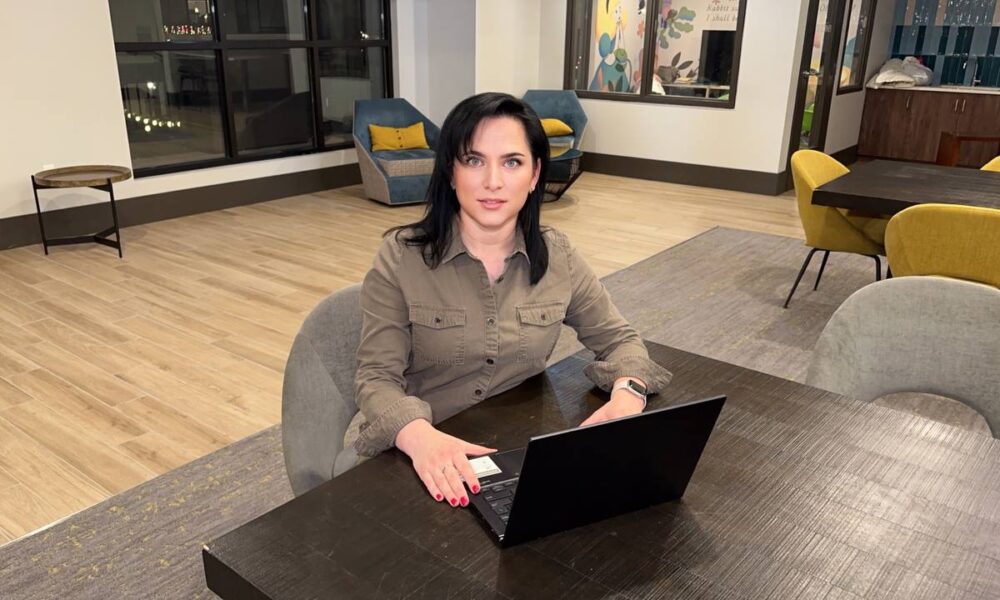Technology is transforming all parts of healthcare and many of us, including the scientists and innovators themselves, believe that major breakthroughs are on the horizon. Whether that be curing disease, aiding treatment or operating as a prevantative.
One area that technology continues to break boundaries is in addiction treatment, whether it be for alcohol, drugs or even binge eating disorder treatment. Tech continues to build a pathway for progress and that’s only set to continue.
2025 already looks very different to 2000, but what will addiction treatment look like in another 25 years time? We take a look at just what might change from now until then…
AI-Powered Personalised Recovery Plans
As you can probably guess, AI is going to play a big part in addiction treatment and very well could be central to developing highly personalised treatment plans, based upon various factors of a person’s life.
That can include genetic data, brain imaging, lifestyle habits and even real-time behaviour tracking. AI can tailor recovery to develop recovery plans for each person, while also being able to predict risk of relapse based upon behavioural and mood changes. This can then provide alerts and ensure intervention occurs before a situation arises.
This could be huge for providing safety nets as well as more structured and personal routines that can really help people stay on track in their recovery.
Immersive Therapy Through Virtual Reality
While we’re still all wondering when the virtual reality boom will arrive in gaming, it can have a huge impact on addiction treatment and recovery, mainly through allowing people to explore triggering scenarios in a safe space. This could be placing someone in a pub setting or at a party and monitoring their behaviours and stress levels.
It’s all about identifying where someone is most likely to relapse and what coping strategies can be most effective for them. So, that could be a setting like mentioned, or it might even be stressful situations like at work or anything else that people have identified as causes as to why they drink, take drugs or binge eat, for example.
What’s more, VR could also be used to simulate positive recovery experiences, such as future goals or moments of calm, which can provide real motivation for moving forward in a positive manner.
Neural Interfaces and Brain Stimulation
Technology such as transcranial magnetic stimulation, or wearable devices may be able to rebalance the brain. While this may seem a bit sci-fi, it is a possibility and the ability to reduce cravings and improve impulse control could be huge.
In some cases, brain implants may even be possible, monitoring neural activity linked to addiction. Of course, there are ethical questions to be had here and we’re sure over the coming decades it’ll be debated a thousand times over.
24/7 Digital Companions and Peer Support Bots
One of the big problems with addiction recovery at present is combatting loneliness. Isolation is a major relapse trigger and countering that is incredibly important over the coming years.
Digital companions are one way to explore this, AI-powered bots that offer support and encouragement. Even mindfulness coaching. Of course, these won’t be able to replace therapists, support groups or sponsors, but that can provide that instant support that is sometimes needed in order to keep recovery on track.
Global Access Through Mobile and Wearable Tech
Finally, perhaps the most significant shift by 2050 will be accessibility. Thanks to mobile and wearable technology, treatment and monitoring could be available to anyone, anywhere, regardless of location or income level.
Wearables that can track the signs of stress and identify relapse risks, sending real-time data to care teams could actually be life-saving and will give the support to people exactly when they need it. This kind of support could really break down barriers and get people all around the world the help they need.












Leave a Reply